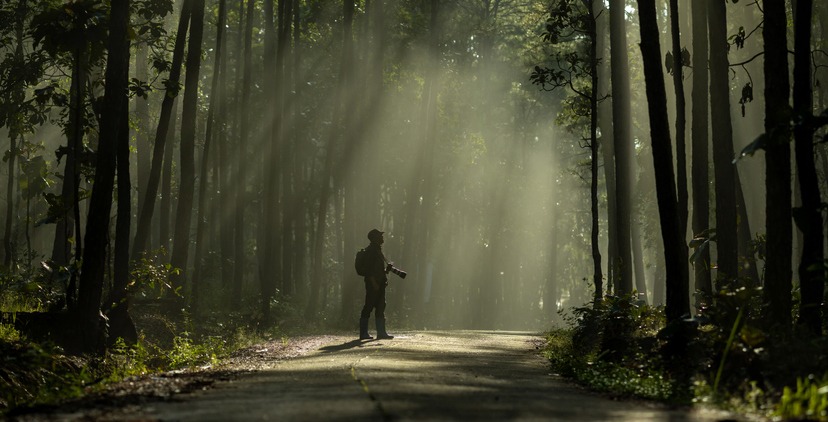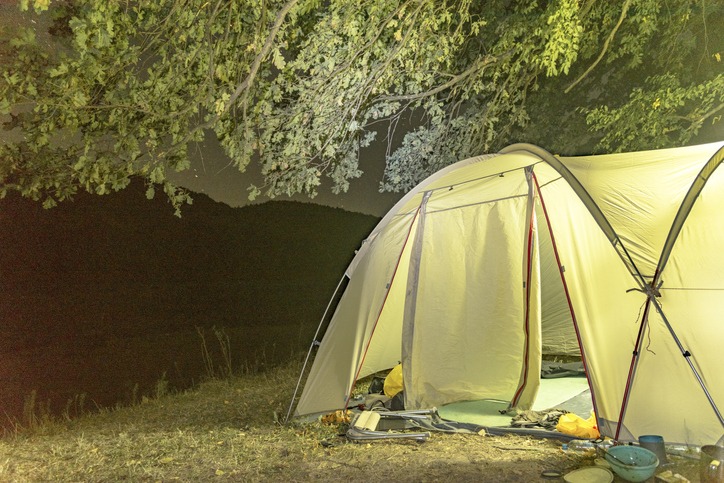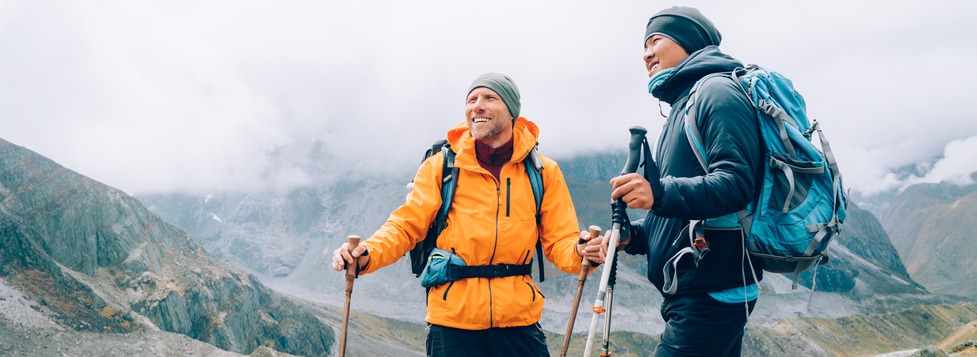Venturing out into the woods and enjoying what nature has to offer can definitely be enticing. Backpacking trips usually offer a great opportunity to let loose and forget about your everyday worries for just a few days. Yet, packing your stuff might seem like a chore. After all, you do not want to forget any essentials, but you also don’t want to carry a heavy backpack for days! This is why it helps to know how to pack light for your next adventure.
Check out our next few tips for compact backpacking.

Understanding the Essentials
Mastering compact backpacking starts with distinguishing the essential from the non-essential. Essentials can be categorized into shelter, food, clothing, navigation, and first aid. Embrace minimalism by selecting items that serve multiple purposes and avoiding duplicates. This approach not only saves space but also reduces the weight of your backpack.
Choosing the Right Backpack
Bigger is not always better, especially when packing your bag. Traditional backpacks usually have a frame to keep the weight you are carrying evenly distributed, which is certainly a good feature to have. However, these bags often feel extremely heavy even when they’re empty, so imagine how heavy they become when full! If you are ready to ditch the weight-distributing feature for something more compact, you should go for a frameless bag. Getting a small backpack means that you will feel less tempted to overpack and will focus only on the essentials. Although frameless backpacks do not have all the extra features like padding, they are your best bet if you are going on a short trip and do not need to pack a lot of things anyway.
Get a Compact Mess Kit
For those camping nights where you need to have a hot meal, you cannot go wrong with a compact mess kit. More often than not, beginners make the mistake of packing traditional cookware, thinking that they will need all the pots and cutlery in their kitchen. Nevertheless, this is just a waste of good space.
On the other hand, mess kits are specifically made for camping trips and whatnot, which makes them essential for any backpacker. Yet, not all mess kits are created equal, this is why you need to learn more about these kits by reading online reviews if you want to get more bang for your buck.
As a general rule of thumb, you must consider the portability and the contents of your desired kit. Opt for kits that include plates, cutlery, and a compact stove. Also, make sure that the contents of the kit are made of compact material that can be easily cleaned if you want to add a dash of convenience to your backpacking trip.
Avoid Overpacking Food for Your Trip
It’s a common mistake to pack an excessive amount of food, such as enough for a month, thinking it’s better to be safe than sorry. However, this often leads to the inconvenience of carrying an overly heavy backpack filled with food that you might not even consume entirely.
A practical solution is to use tote bags to carry a selection of dry foods like cereal, dried fruits, and granola bars, which are both lightweight and nutritious. If you crave a warm meal, consider adding some cans of soup to your provisions.
To strike a balance between being prepared and overpacking, a good rule of thumb is to pack a little extra food, just enough to last two or three days more than your planned trip duration. For example, for a three-day excursion, it would be wise to bring enough food for about five days, ensuring you have a safety net without the burden of unnecessary weight.
Clothing and Footwear
Select clothes that are versatile and can be layered and tailored to the weather and terrain of your destination. Footwear is equally important; it should provide comfort, and durability, and be lightweight. The right clothing and footwear can make a significant difference in your backpacking experience.
Avoid Heavy Tents
One of the first things that jump into our minds when we hear the word “camping” or “backpacking” is where we will sleep. Some might prefer to purchase those heavy, fancy tents, yet you can find more compact alternatives and save some money too.
Opt for lightweight shelter options considering factors like weather protection, weight, and ease of setup. Modern advancements have made these shelters compact yet comfortable, ensuring a good night’s sleep after a day of trekking.
Packing Techniques
Packing efficiently is crucial. Balance your load and ensure easy access to frequently used items. Utilize compression techniques and consider packing cubes and dry bags for organization and weather protection.
It goes without saying that you are going on a backpacking trip, not attending Paris Fashion Week, so you will not need ten different outfits! When packing clothes, do not take more than three outfits, and opt for clothes made out of polyester because it does not get soaked as quickly as cotton. For chilly nights, pack a light jacket, and do not forget to take your swimwear if you plan on taking a dip.
Technology and Tools
In the realm of backpacking, the integration of technology and tools has become increasingly important for both safety and convenience. Key gadgets that are essential for any backpacking trip including:
- GPS device – A GPS device ensures that you can navigate unfamiliar terrain with confidence, reducing the risk of getting lost in remote areas.
- Emergency locator beacons – These devices can send distress signals to rescue services in case of an emergency, making them indispensable for solo travelers or when venturing into areas with limited cellular coverage.
- Compact multi-tools – These are backpacker’s best friend, combining various functions like a knife, scissors, and screwdriver in one handy tool, thus saving space and weight in your backpack.
- Lightweight solar chargers and power banks – These are ideal for keeping essential devices charged, like phones and GPS units, especially in remote areas without electricity. However, it’s wise to limit the amount of technology you carry. Over-reliance on gadgets can add unnecessary weight to your pack and detract from the natural experience of your adventure.
While technology can enhance your backpacking experience, it’s important to balance it with the principle of compact packing. Choose your tech items judiciously, focusing on those that contribute to your safety and navigation, while still enjoying the simplicity and tranquility of the outdoors.
Health and Safety
When planning a backpacking trip, health and safety should be at the forefront of your preparations. One of the most essential items to carry is a basic first aid kit. This kit should include items like bandages, antiseptic wipes, blister plasters, pain relief medication, and any personal medication you may require. It’s not just about having these items, but also knowing how to use them.
Learning from Experience
Compact backpacking is a skill honed through experience. Be open to adjusting your packing list based on personal experiences and learn from the backpacking community. Sharing stories and tips contributes to a collective knowledge base, enhancing the backpacking experience for all.
Conclusion
Compact backpacking transforms your outdoor experiences, focusing on the joy of simplicity and the freedom of travel. By wisely choosing essentials, embracing multipurpose gear, and adhering to minimalist packing, you lighten your load and enrich your adventure. This approach enhances not just comfort and mobility but also your connection with nature.



